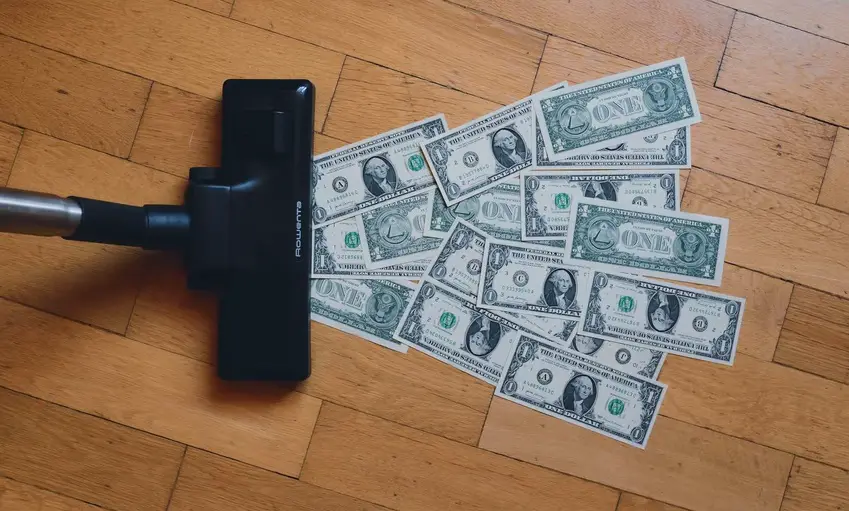As everyone focuses on the Fed’s battle with inflation, and whether or not it will trigger a recession, most are ignoring a reality that already appears present – stagflation. That is the presence of high inflation during a period of stagnating growth.
In the first quarter of 2022, economic growth contracted by 1.5%. By May, inflation had rise to the point headline consumer prices were rising by 8.6% year over year. This has led to economists questioning if the Fed can slow inflation by increasing rates, without tipping the economic growth readings down so far the nation slips into a recession. Jerome Powell, Fed Chair, acknowledged this risk in his testimony before congress last week.
Mohamed El-Erian, economist and president of Queens’ College at Cambridge University, said, “The baseline is stagflation — what we are experiencing now. So you have a baseline that is not very comfortable, stagflation, and then you have a balance of risk which is the wrong way — recession.”
Meanwhile, Bank of America’s monthly fund manager survey showed the “stagflation fear” reading was its highest level since June of 2008, showing El-Erian is not alone in that fear.
ING economists wrote of the University of Michigan’s consumer sentiment index, that it was “suggesting consumers are fearing stagflation. The damage was done in the household finances due to the squeeze on spending power from higher inflation — just 30.8% of households think income growth will outpace inflation over the next five years.”
The threat of stagflation is not just limited to the United States. The World Bank’s forecast for global growth was cut to 2.9% for this year, down from the previous forecast of 4.1%. With the downgrade, came a warning – “The global outlook faces significant downside risks, including intensifying geopolitical tensions, an extended period of stagflation reminiscent of the 1970s, widespread financial stress caused by rising borrowing costs, and worsening food insecurity.”
Because of its demand for Russian natural gas and Ukrainian grains, Europe is particularly at risk. This point was driven home when Thursday’s purchasing managers’ index for the Eurozone came out at a 16-month low for June.
Jack-Allen Reynolds, senior Europe economist at Capital Economics, said simply, “Stagflation has arrived.

